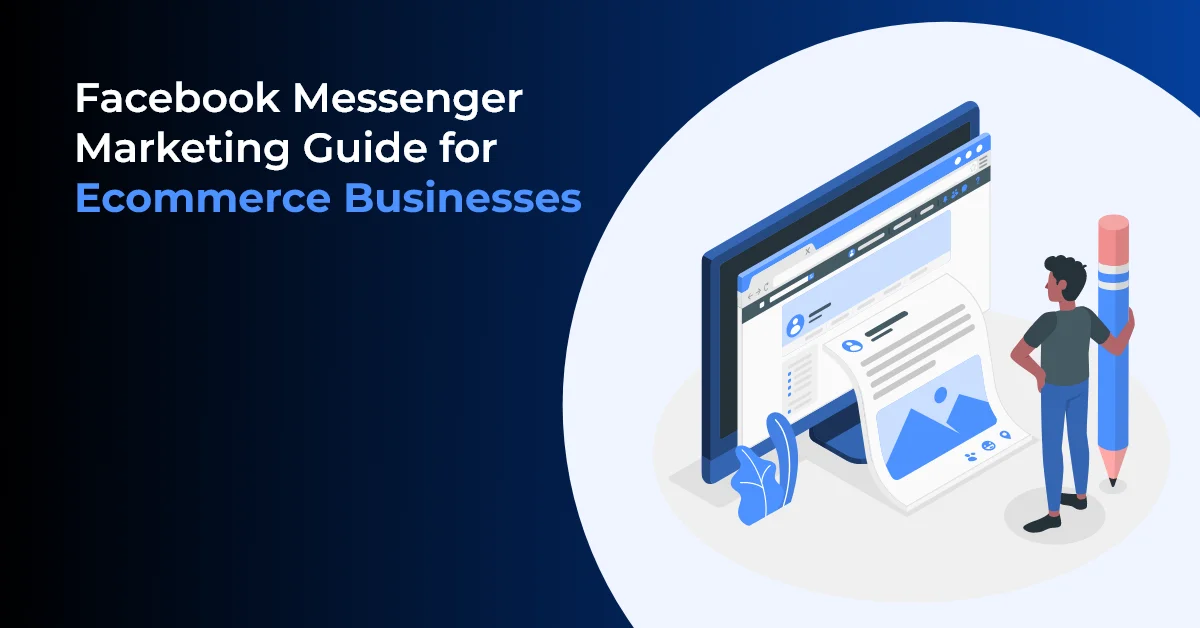Preparing for Cookieless Attribution and Measurement in Digital Advertising

Published on: October 28, 2022
Updated on: October 01, 2024
1719 Views
- Social Media Marketing
5 min read
Cookieless attribution will be challenging, but not impossible.
The discussion around the replacement of technology for third-party cookies has mostly revolved around targeting and tracking. But the point that seems most likely to be forgotten is how the new ways to bring in more customers will be measured and attributed.
Attribution measurement techniques today are heavily dependent on third-party cookies. Many people have struggled to stay up for years while learning the ins and outs of digital attribution. However, the decline of third-party cookies is one of the biggest and immediate changes that have sent modern marketers scrambling.
Only 11% of marketers currently consider themselves "great" in measuring marketing performance in the era of granular data, and they are under more pressure than ever to get ready for all the unknowns associated with cookieless attribution and data protection.
Targeting methods for digital advertising have included cross-site and cross-app tracking. However, the open web would not function properly in the absence of an accurate measurement and attribution model: publishers would not be able to attribute conversions and receive payment for them, and brands would not be able to calculate the ROI and ROAS of their digital media, and the rest of the ad-tech supply chain would not function properly.
Understanding Attribution
In this context, attribution is the process of finding a collection of user activities (or "events") that in some way contribute to the intended result and then giving value to each of these events.
Agency and advertiser understanding of the worth of their marketing initiatives and valuable understanding of the marketing funnel is made possible by attribution measurement. Making the best data-driven decisions regarding their digital marketing budgets requires an understanding of how various media channels and "touchpoints" contribute to raising awareness, interest, consideration, and ultimately the intended outcome.
Simply said, attribution enables us to determine whether delivering an advertisement in a specific setting or website contributed to the intended result, such as the purchase of a good or service on another website.
Getting Started with Cookieless Attribution and Analytics
The ban of third-party cookies will not stop tracking. They may have been a crucial tool for marketers in the past, but they are not indispensable. There are numerous other methods for gathering and analyzing customer data for targeted marketing efforts, and the best ones for forward-thinking marketers don't require cookies to work.
1. Gather First-Party Data
You can establish direct contact with customers who have given you their agreement to share their data with you with the use of first-party data. Simply asking a customer to share their information in exchange for a benefit is sufficient to gather first-party data.
The quality of the data will be really important; quantity isn't necessarily better. Before requesting information from customers, ask yourself these questions: What value does the data offer? Do you have procedures in place for securely sharing that data within your company? If you can answer all the questions, then you can request customers for their data.
2. Try Identity Centric Solutions
Identity-centric marketing strategies combine all partners and touchpoints utilizing various IDs, enabling marketers to be customer-centric. To assess the consumer journey and present a customer 360 perspective, these systems can blend offline identity, online behavior, ad interactions, and conversion data. The key to this strategy is a collaboration among agencies, ad tech companies, media owners, and walled gardens.
3. Adopt Test and Learn
Before launching your campaign, having a deep understanding of consumer behavior is helpful, but you can also learn valuable information about customer behavior from experience. Many consumer-focused businesses employ the marketing strategy of "test and learn" to test a marketing hypothesis using a small sample of their campaigns.
4. Use De-Aggregation Solutions
To enable more precise targeting, marketers should look for a system that offers a way to link aggregate data to user-level insights. De-aggregation is a relatively new technique in the realm of marketing analytics, but it will be more and more important as cookies become obsolete. By using techniques like matching and normalization to link aggregate data to generic customer IDs, this technique protects consumer privacy while delivering crucial insights into marketing performance.
5. Turn to Marketing Mix Modeling (MMM)
This statistical study is data-driven and measures the ROI and incremental sales impact of all online and offline marketing initiatives. It is extremely adaptable, works for all sectors, and doesn't require individual or log level information. Additionally, it promotes ongoing innovation and decision-making that is actionable.
You can reduce analysis bias and quantify the additional impact on sales and ROI for all online and offline marketing campaigns by using a new, always-on version of the marketing mix model, one that balances tactical and strategic outputs using statistics and machine learning.
Conclusion: This is Just the Beginning of a Cookieless Future
Tracking user behavior across a variety of platforms is anticipated to become more challenging as a result of cookieless technology and other privacy improvements. This makes it quite evident that you must alter your methods of measurement if you want to avoid falling behind in important areas of marketing.
Start looking into solutions that will enable you to keep up with the changes and deliver the most precise performance measurement while maintaining privacy to stay ahead of the curve. Write to us at info@growthnatives.com to learn more.



